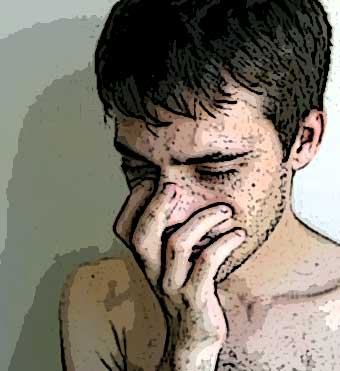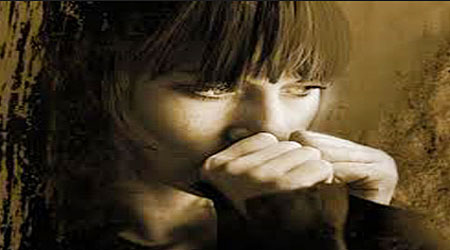Relapse Prevention
Because relapse is a natural part of the addiction
recovery process, relapse prevention plans need to be part
of the overall treatment program. Planning for relapse makes good
sense when over half of those who are in treatment for addiction
will relapse before the end of the first year in recovery.
|
|
 Relapsing
Relapsing |

Relapse strategies are useful so that the addict does not feel
like they have failed in treatment. By planning ahead for relapse
the individual knows that they are likely to occur and that they
don't mean failure or even setback, but are a natural part of
the recovery process.
Most relapse prevention plans call attention to possible triggers
that can send a substance abuser back to their drugs of choice.
In fact, the addict is encouraged to come up with a list of his
or her own potential triggers that either need to be avoided or
dealt with once the trigger has happened.
Triggers may be such things as going into a bar or hanging out
with friends who do drugs. Triggers can also be fairly innocuous
events like hearing a particular song on the radio or seeing a
photo in a picture album that triggers an emotional response.
The obvious triggers in relapse can be avoided, most of the time,
with some ease. The not so obvious triggers must be dealt with
as they occur as they can seem to come "out of the blue".
Once an addict
has been triggered, they may not realize it at first. The signs
of a trigger into relapse include an event, followed by some automatic
thoughts, feelings and then cravings for the drugs of choice.
Once the cravings have occurred, then the addict may start to
have "permission thoughts" that tend to justify or rationalize
that it is somehow Okay to take a drink or use drugs.

The Crisis of Relapse
Once the addict has convinced himself or herself that it's Okay
to use again, some action usually follows such as the act of using
the drug of choice. Prevention plans and strategies focus on derailing
this sequence of events from getting from the trigger to the drug
or alcohol use.
Many times the addict is not even aware the sequence has started
until they have the intense cravings for the drugs or alcohol.
At this point, most prevention of relapses focuses on the addict
already having a plan in place for actions to take to substitute
for the act of using drugs or alcohol. Exercise, meditation, yoga,
eating or drinking something with caffeine or sugar, working in
the garden or some other activity can refocus the craving energy
into something less destructive.
In addition, substituting the permission thoughts with non-permission
thoughts can also help derail the relapse progression. Thought-stopping
and taking an inventory of what is to gain and what is to lose
are also techniques used in preventing relapses. Another strategy
is to call a friend, sponsor or therapist when the cravings or
permission thoughts occur.
A therapist or drug counselor
can help the addict with interpersonal skills training
and communication skills in order to lessen the likelihood of
relapse. For instance, a person may relapse because they are having
a difficult time dealing with social pressure, interpersonal conflict
or having difficulties dealing with their own negative emotions.
Some addicts also slip back into denial
and relapse because they wish to test their own personal control
they have over the alcohol or drug use.
Addiction treatment featuring individual counseling, group
counseling and outside support such as from a 12-step group,
will help most addicts in their desires to prevent relapse.
Once the addict has relapsed, these same resources can help
the addict gain sobriety and understand how the relapse occurred
and how to prevent it from occurring again in the future.
For most people in addiction treatment, strategizing for relapse
makes sense in the overall recovery plan.
|


